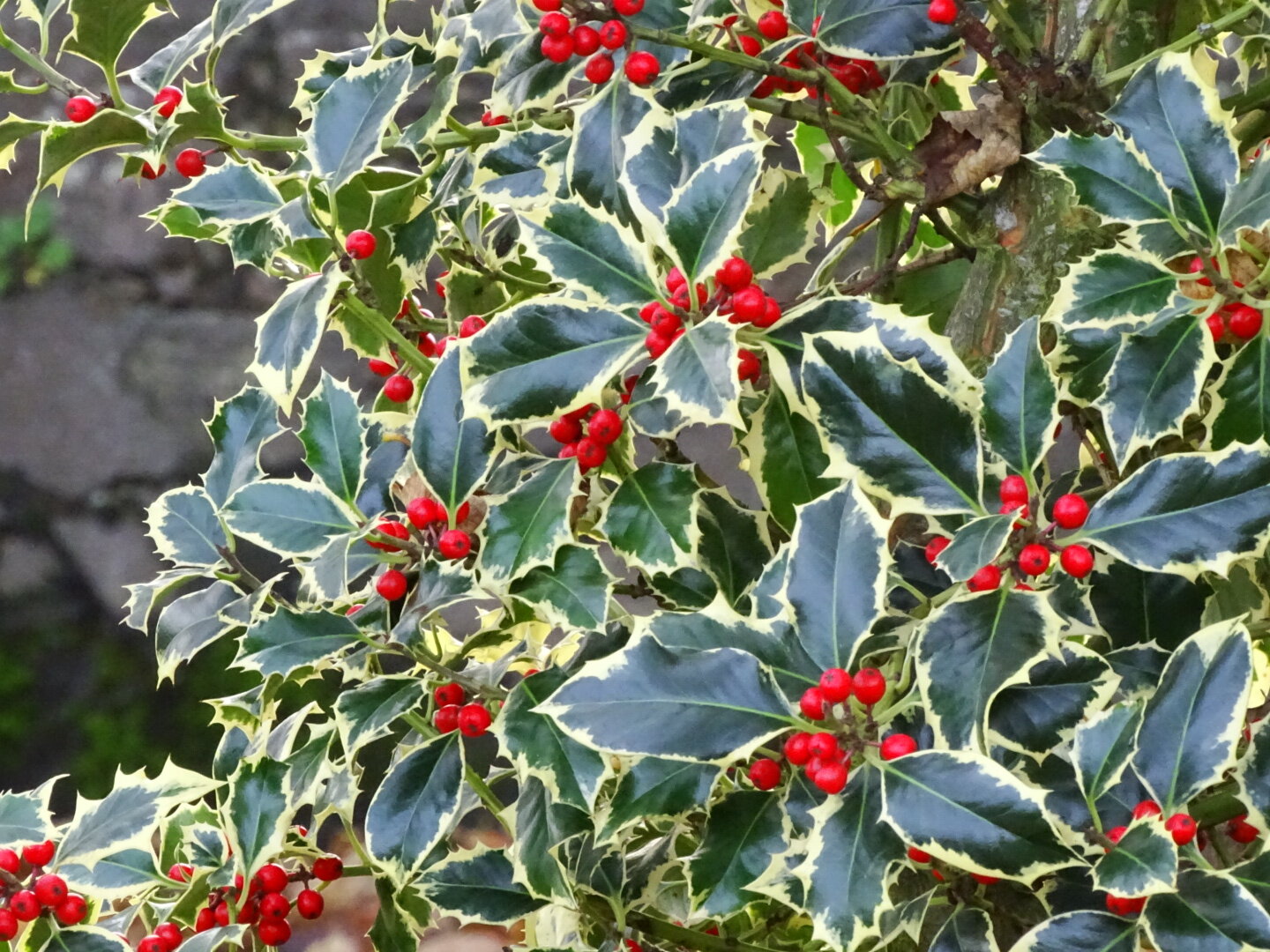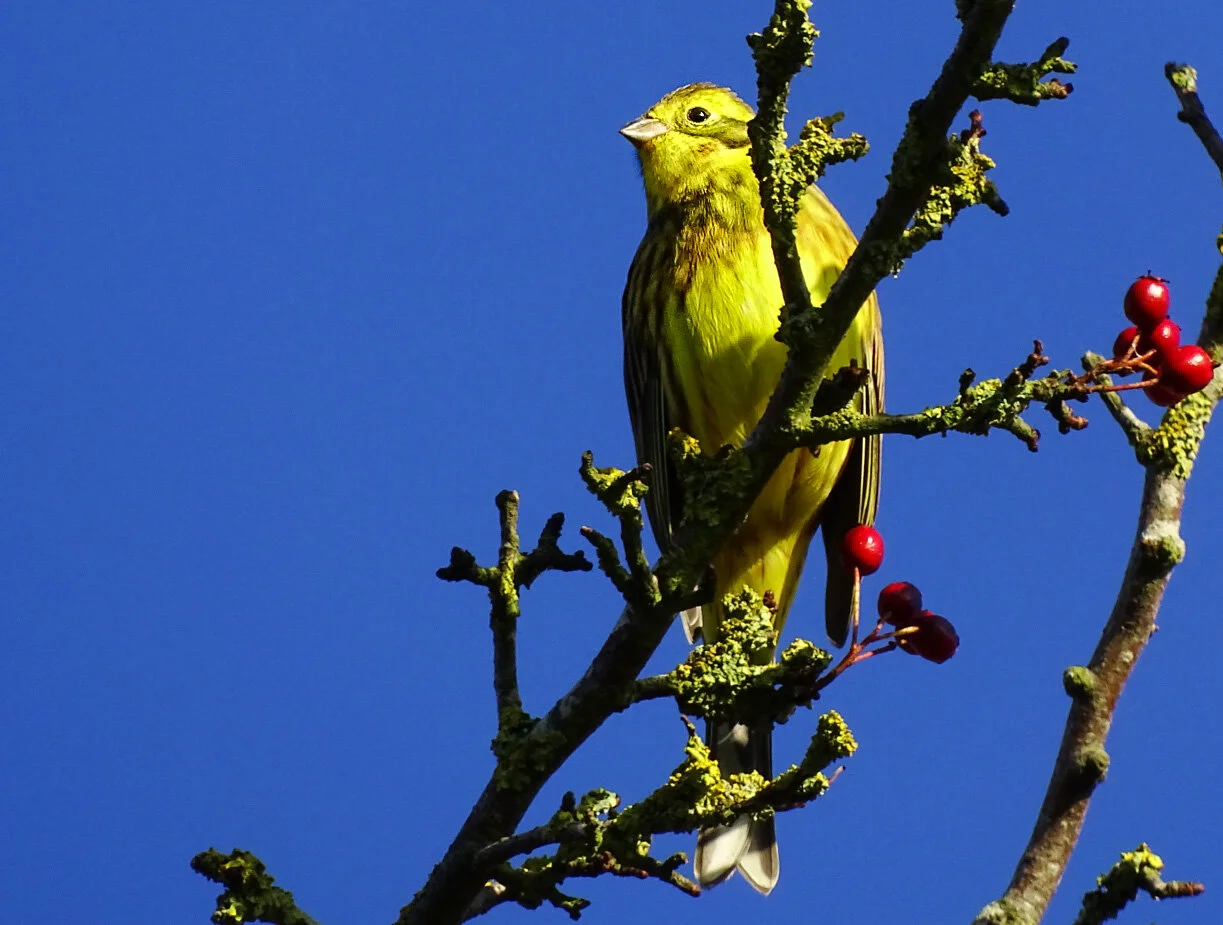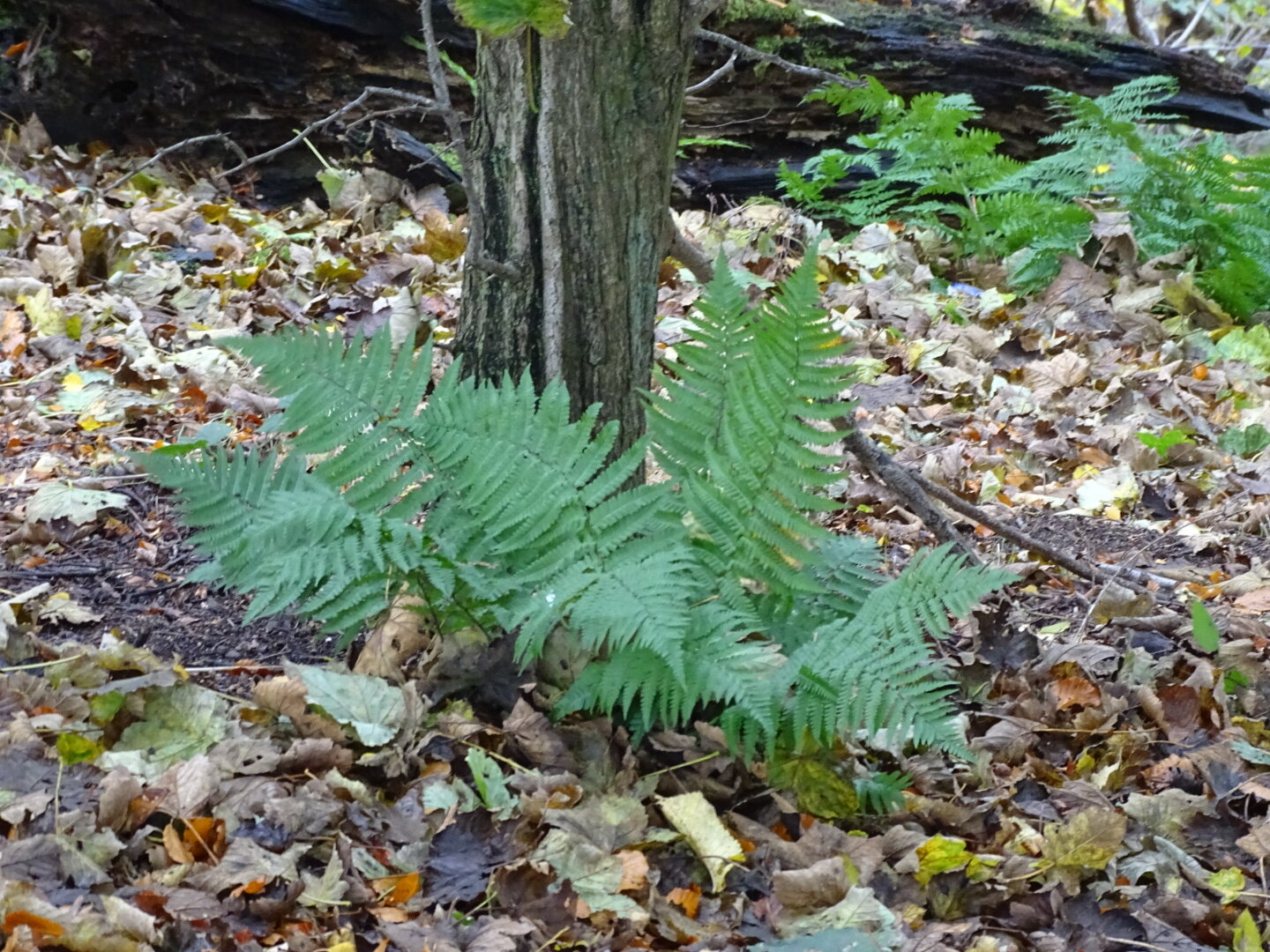Should ‘nature on the hoof’ really consider writing about the moon? Well, I looked it up and the word ‘nature’ refers to ‘the natural, physical, material world or universe’. So, here we go..
Sadly, one of the biggest reasons mankind wanted to get to the moon at all was to gain some advantage in an arms race between two great powers, Russia and America. They both saw it as a very strategic site.
The Americans wanted to detonate a nuclear device there in the 50’s. This was known as ‘Project A119’, but it was the Russians who got closest first.
In 1959 the Luna 1 passed within a mere 5995km of the moon’s surface before going on to orbit the Sun.
Man didn’t get there in person until 1969 when Neil Armstrong uttered those slightly misquoted words, "That's one small step for man, one giant leap for mankind." It isn’t properly heard on recordings from the time but Armstrong states he actually said ‘one small step for a man’. Only eleven other men have stood on the moon’s dusty surface since then. Perhaps the next person to set foot there will be a woman.
The moon, about the size of Australia, was created around the same time as earth, about 4.6 billion years ago. It’s now thought to be part of our planet, knocked out into orbit after some cataclysmic collision. It has no atmosphere, so you wouldn’t be able to hear any sound unaided up there. It’s also thought to have a molten core like Earth.
It’s 384,400km away from Earth just now but is actually slipping further away from us by a margin of 3.8cm every year. Over time it may have less of a pull on our oceans and as a result our tides may become less extreme.
Earth also has a gravitational effect on the moon, causing moonquakes below its surface. These in turn have lead to ruptures and cracks on the moon’s surface. So, in some ways, we are still connected to our brightest satellite.
We, of course, see the moon differently all the time as sunlight strikes it from afar. It’s a bit like holding someone’s face towards you while you stand on a revolving chair with a strong light blasting from behind. You will only ever see the other person’s face but the amount of light on that face will grow and reduce depending on the angle. We never get to see the dark side of the moon in light or shade.
The stages of the moon are as follows: new moon - waxing crescent - first quarter - waxing gibbous - full moon - waning gibbous to last quarter to waning crescent.
I saw the Yule Moon this year with a full rainbow halo. That rainbow effect was caused by ice crystals high up in some wispy cirrus clouds but it gave the moon a truly mysterious aura. People through time have also looked up in wonder at the moon.
Full moon fever is often blamed for all sorts of happenings from sleepwalking to unusual behaviour or even people transforming into werewolves... the Roman goddess of the moon, Luna, is said to ride a silver chariot across the sky every night, and the words ‘lunatic’ and ‘lunacy’ both derive from her name. In the 1700’s, if you were tried for murder in England and it happened on a full moon you could plead for a more lenient sentence on the grounds of lunacy...
















